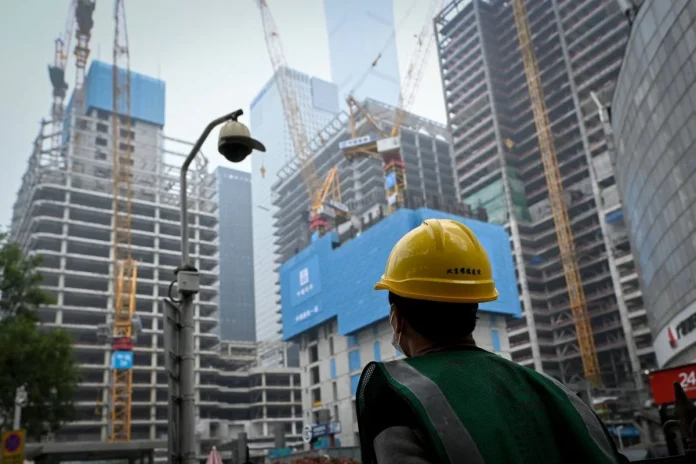China’s industrial output surged for the first time in six months, with the service sector recovering in October, proving the effectiveness of Beijing’s incentive measures, according to Reuters.
The National Bureau of Statistics reported that the purchasing managers’ index (PMI) rose to 50.1 from 49.8 in September. This is slightly above the 50 mark which separates growth from recession.
Policymakers believe the latest stimulus measure, announced in late September, will bring economic growth back to this year’s target of about 5 per cent. The step would also revive lending and investment, according to Xu Tianchen, senior economist at the Economist Intelligence Unit.
This is primarily an indication of the early impact of the higher fiscal support, enabled especially by an acceleration in government bond issuance. There was a record amount of such issuance in August-September, which translated into fiscal spending.
China is considering approving the issuance of more than 10 trillion yuan next week ($1.40 trillion) of additional debt over the next few years, Reuters reports. Meanwhile, retail and manufacturing sales beat forecasts last month, suggesting demand is starting to recover. Lynn Song, chief economist for Greater China at ING, said:
50.1 is the smallest possible expansion for the PMI but nonetheless bucks expectations for continued contraction, and is a positive sign that the small bounce back of industrial production that we saw in September should continue. Moving forward, we’ll need to see if the stimulus rollout can lead to a recovery of domestic demand to offset potentially softer external demand.
Chinese economists have previously pointed out that sentiment-based surveys often present a gloomier picture than hard data indicators. Julian Evans-Pritchard, head of China Economics at Capital Economics, stated:
The PMIs have overstated the weakness in China’s economy during the past year. But they still provide some sense of the direction of travel. The good news is that, after turning a corner in September, the official surveys point to further improvement in October, with an acceleration in manufacturing and services activity more than offsetting a further slowdown in construction.
However, industrial profits in September recorded the sharpest monthly decline in a year, according to a report on Sunday. The National Bureau of Statistics claimed that this was due to factors such as insufficient demand.
The overall improvement in the PMI came from large firms, rising to 51.5 from 50.6, and medium-sized firms, up to 49.4 from 49.2. However, the performance of smaller companies declined this month.
